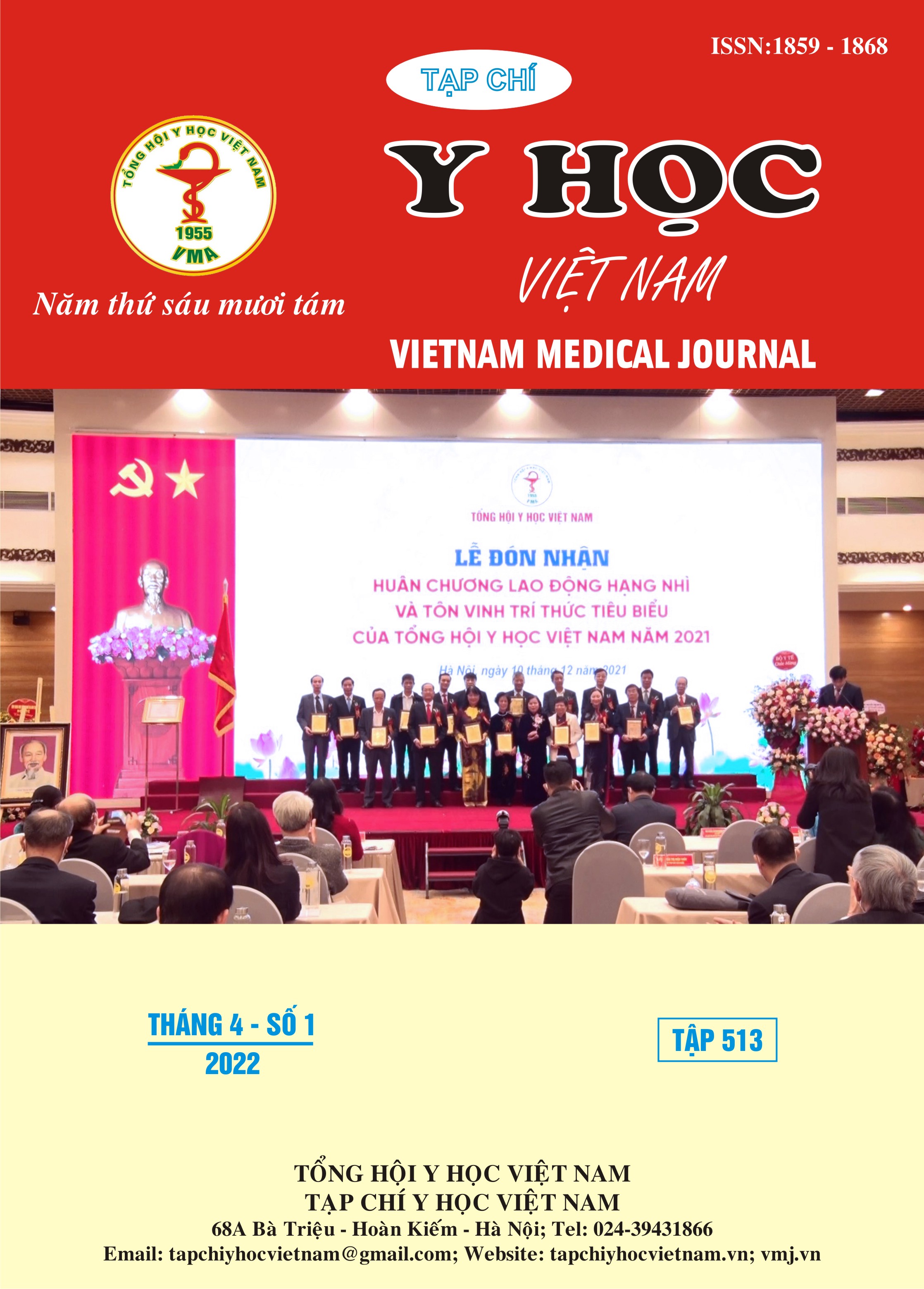CLINICAL CHARACTERISTICS, ENDOSCOPIC AND RISK FACTORS OF GASTROESOPHAGEAL REFLUX DISEASE FOR OUTPATIENT AT THIEN HANH HOSPITAL, DAK LAK PROVINCE, 2022
Main Article Content
Abstract
By using the cross-sectional descriptive study method, we surveyed 250 outpatients performing GI endoscopy at Thien Hanh Hospital. Conclusion: 54.8% are male, the mean age is 44.02 ± 13.4 years old. Kinh ethnic group account for 83.6%. Education level 2 and up. 51.6% are farmers and 56.8% are in rural areas. There are 86.8% of marital status married. BMI 63.2% are underweight. 43.2% diagnose with GERD. Risk factors associate with GERD are all present. 10 clinical symptoms: epigastric pain (81.6%), heartburn (62.4%), bloating (56.4%), chest pain (non-cardiac) (36.8%), sadness vomiting/vomiting (33.2%), regurgitation (26%), dysphagia (20.4%), salivation (14%), painful swallowing (6.4%) and hoarseness (2.8%). Endoscopic images showe 73.6% lesions in the stomach, 37.6% lesions in the esophagus and 8% lesions in the duodenum and only 24% were no lesions. The endoscopic findings in the esophagus are inflammation (98.9%) and ulceration (3.2%), in the stomach it is inflammation (98.9%) and ulceration (4.9%), in the duodenum are ulcers (75%) and cancer (10%). There is a correlation between age, sex and ethnicity with lesions in the esophagus and stomach (p<0.05 to <0.001). BMI correlate with gastric lesions (p<0.01). There is a correlation between heartburn, regurgitation, dysphagia, chest pain (non-cardiac) and GERD (p<0.01 to <0.001).
Article Details
Keywords
GERD, Gastroesophageal reflux disease, Upper gastrointestinal endoscopy, Thien Hanh, Dak Lak
References
2. Vakil N, Van Zanten SV, Kahrilas P, Dent J, Jones R. The Montreal definition and classification of gastroesophageal reflux disease: a global evidence-based consensus. ACG. 2006;101(8):1900–1920. Accessed on 25 3 2022.
3. Estores DS. Symptom predictability in gastroesophageal reflux disease and role of proton pump inhibitor test. Gastroenterol Clin. 2014;43(1):27–38. doi:10.1016/j.gtc.2013.11.002. Accessed on 25 3 2022.
4. Nirwan JS, Hasan SS, Conway BR, Ghori MU. Global prevalence and risk factors of gastro-oesophageal reflux disease (GORD): systematic review with meta-analysis. Sci Rep. 2020;10(1):1–14. doi:10.1038/s41598-020-62795-1. Accessed on 25 3 2022.
5. Muhammad Fawad Rasool, Rimsha Sarwar, Muhammad Subhan Arshad et al. Assessing the Frequency and Risk Factors Associated with Gastroesophageal Reflux Disease (GERD) in Southern Punjab, Pakistan. https://pubmed.ncbi.nlm.nih.gov/34803413/. Accessed on 25 3 2022.
6. Domenico Della Casa, Guido Missale, Renzo Cestari. GerdQ: Tool for the diagnosis and management of gastroesophageal reflux disease in primary care. https:// pubmed.ncbi.nlm.nih.gov/ 20461953/. Accessed on 26 3 2022.
7. Nguyễn Duy Thắng. Bệnh trào ngược dạ dày thực quản. Nhà xuất bản Y học, 2019. Trang 40.
8. Nguyễn Văn Vinh. Nghiên cứu hình ảnh nội soi đường tiêu hóa trên và đặc điểm lâm sàng bệnh trào ngược dạ dày thực quản tại Bệnh viện quân y 121.
9. Halawani H, Banoon S. Prevalence and determinants of gastroesophageal reflux disease and the risk factors among adult patients attending Al-Iskan primary health care center in Makkah, 2020. Cureus. 2020;12(9):e10535. Accessed on 28 3 2022
10. Dent J, Armstrong D, Delaney B, Moayyedi P, Talley NJ, Vakil N. Symptom evaluation in reflux disease: workshop background, processes, terminology, recommendations, and discussion outputs. Gut 2004;53 Suppl 4:iv1-24. Accessed on 28 3 2022.


